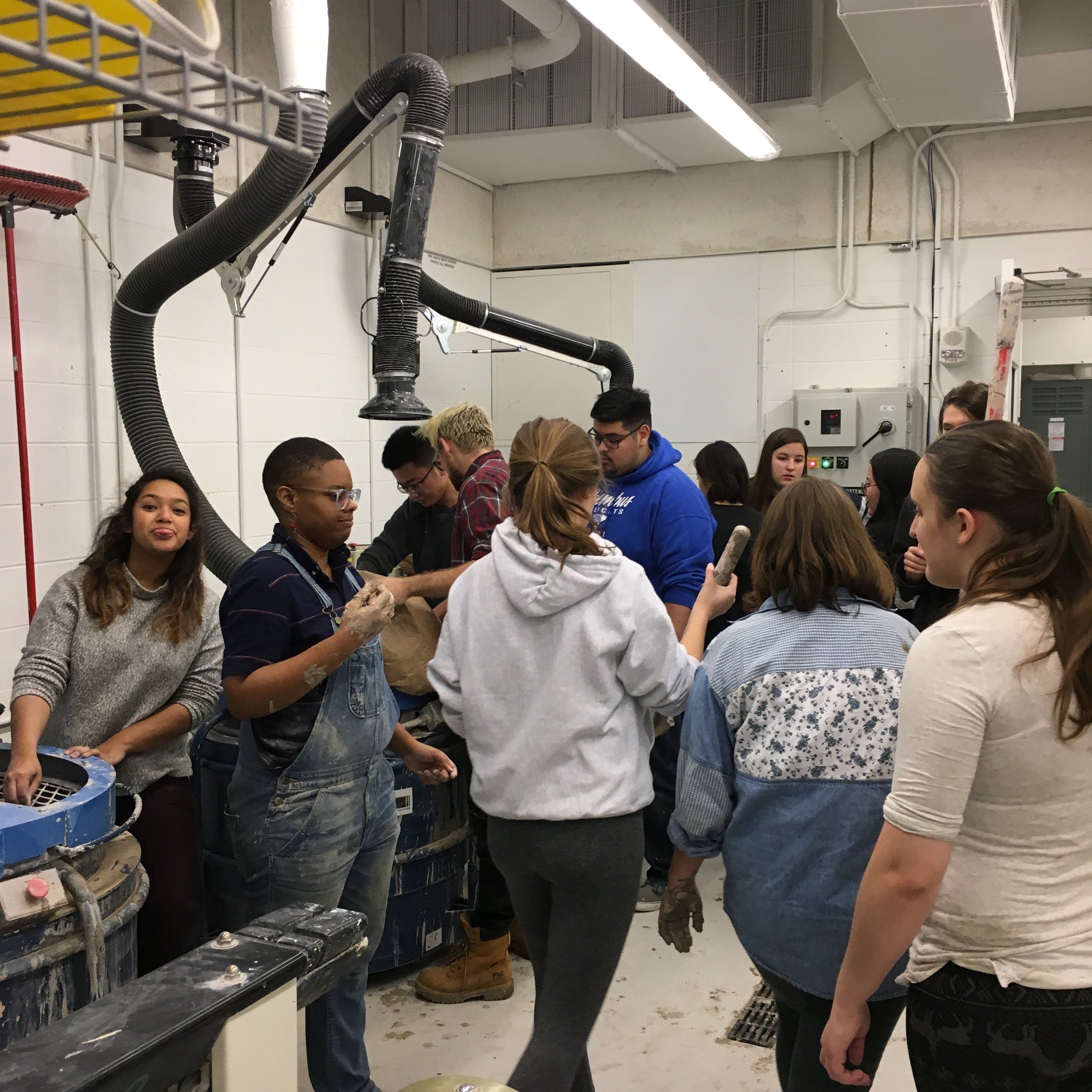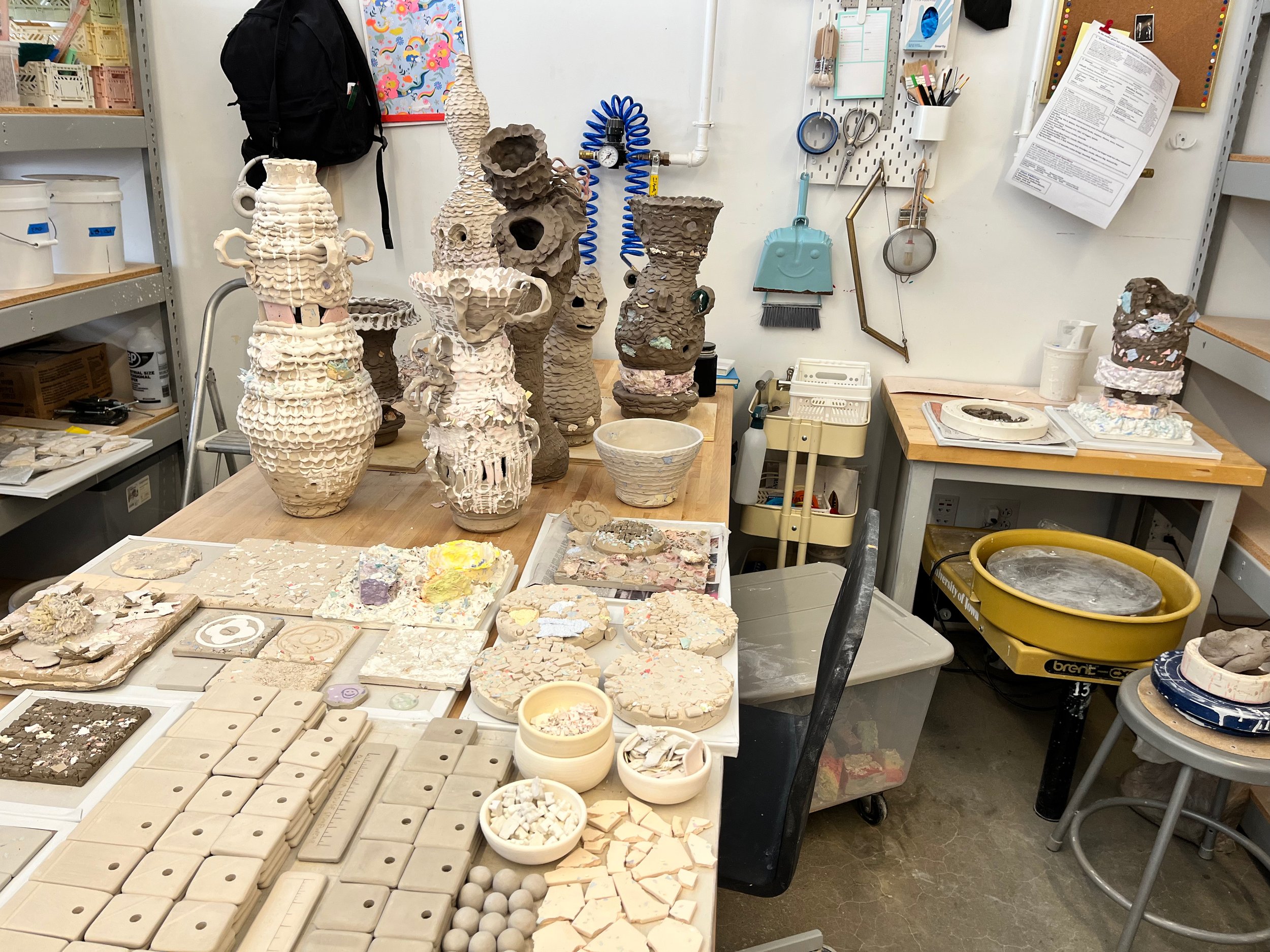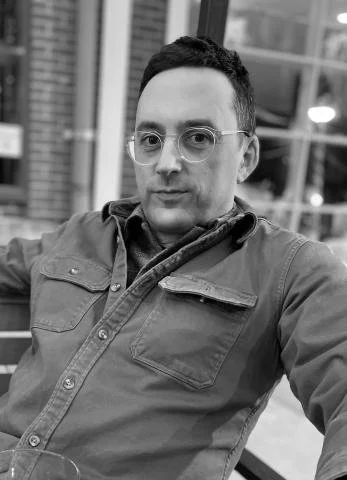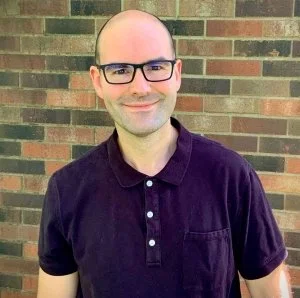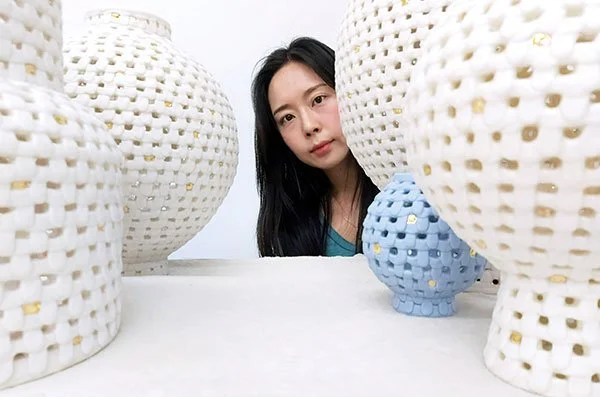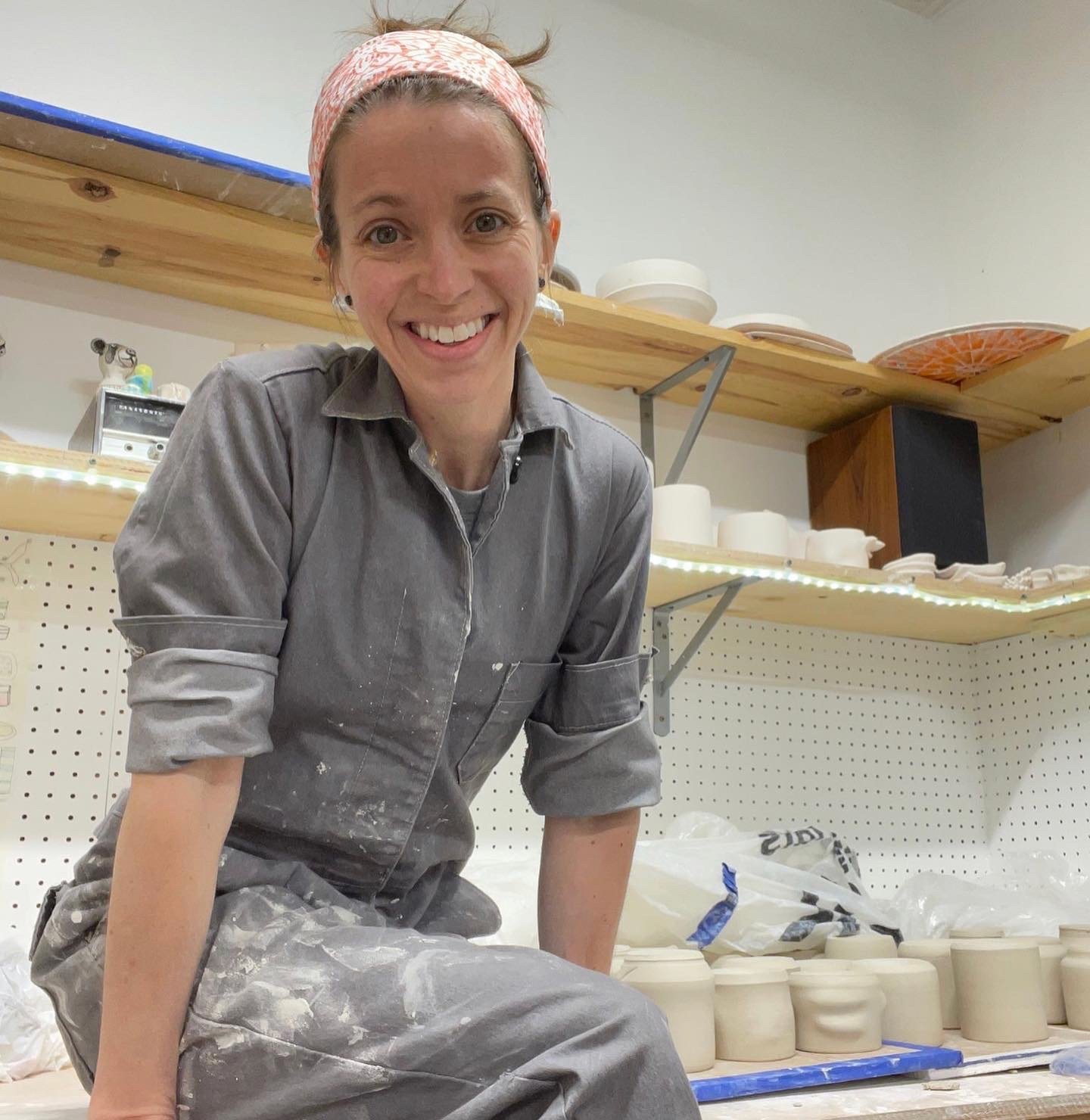2. Look Around You for Answers:
You will be surrounded by close to 75 other Studio and Art History graduate students at any given time during your tenure here, as well as some 40-odd faculty members, lab supervisors, and other support staff. No one person has all the answers you need, and you should cast as wide a net as possible as you search for advice, feedback, and friendship with your colleagues.
Find ways to interact with these people - ask for studio visits as much as possible, and collaborate with your peers. Every area in the Art school has it's own graduate level workshop course, which is generally a time for loosely structured group critique. Take as many other areas' workshops as possible - particularly those in 2D, if you're a 3D person. You'll be amazed at the suggestions they offer.
Start keeping an eye out for committee members early. If you like a faculty member's work, or hear good things about them, find a way to meet them and get to know them - early. The more input you can get from your committee members, the better. They will all be willing to meet with you as much as is helpful - but it's your job to initiate those interactions. We're all quite busy of course, but we want to make time for you. We aren't likely to always seek you out, so make sure you take the initiative to get as much from your faculty as possible. We expect that of you.
Give and get from your direct peers. The people around you most will be your friends and colleagues for the rest of your life. Treat them with respect, and help them when they need it. Talk about your work, and theirs, with honesty and curiosity. You have a responsibility to them, and they have the same to you - each of you only gets so many people to be in grad school with. Don't be dead weight - someone not working, not striving, and not focussed not only lets down themselves, but also their peers. If someone around you is slacking, call them out - tell them you expect more of them, and that you're here to help them get back on track.
3. Use Your Summers Wisely:
Just going home and hanging out at your parents' house is a waste of valuable time. Treat each summer like a residency opportunity. Go somewhere where you can get input from others outside of this place. If you don't have luck applying to residency programs, make one for yourself. Travel with friends, see art, make art anywhere you can. If you treat the summers like extra studio time away from courses, you'll be even more productive when you come back. Places that have been great for students have been Watershed, Haystack, The Archie Bray Foundation, Anderson Ranch, Penland, The Vermont Studio Center, Grin City Collective, The Norther Clay Center, The Clay Studio of Philadelphia, Harvard Ceramics, Arrowmont, Taos Clay, Greenwich House Pottery, Medalta, AIR Vallauris, CRETA Rome, The European Ceramic Work Centre, The International Ceramic Studio at Keskamet, Guldagergaard in Denmark, Red Lodge Clay Center, The Clay Studio of Missoula, Ox-Bow, etc, etc, etc... There are grants, particularly through the graduate college, for summer travel, and in many cases you can get these opportunities completely funded if you work hard enough in advance.

